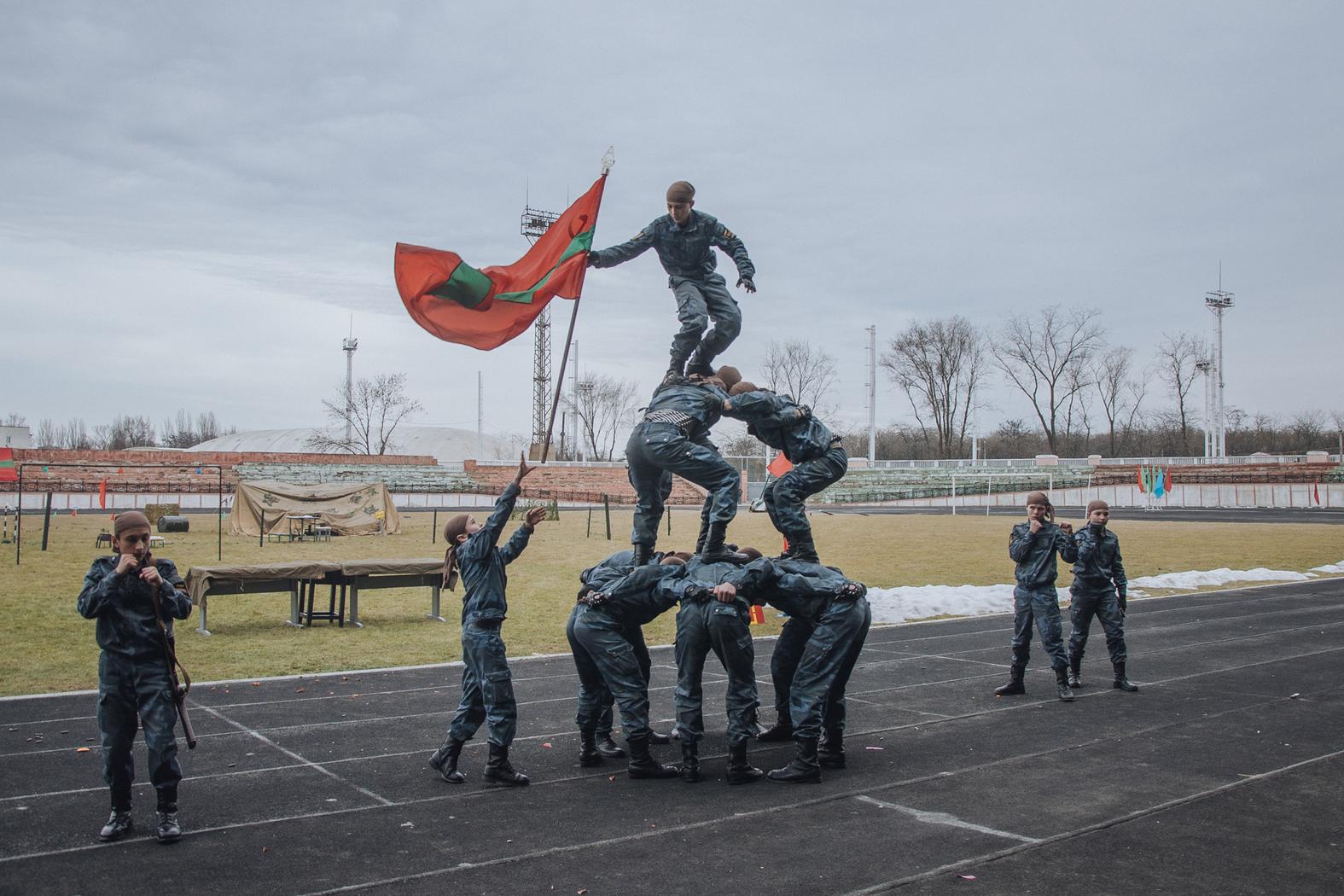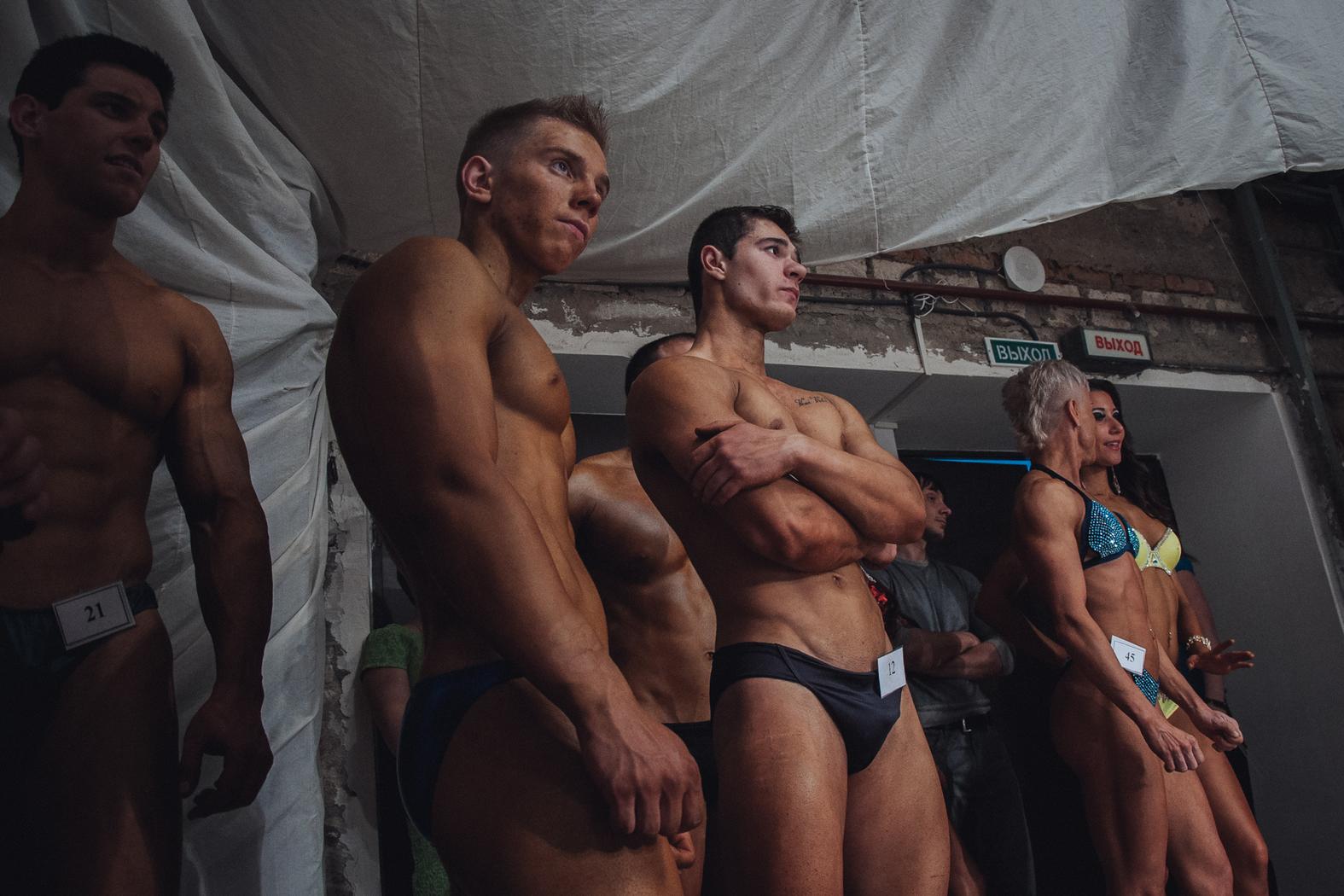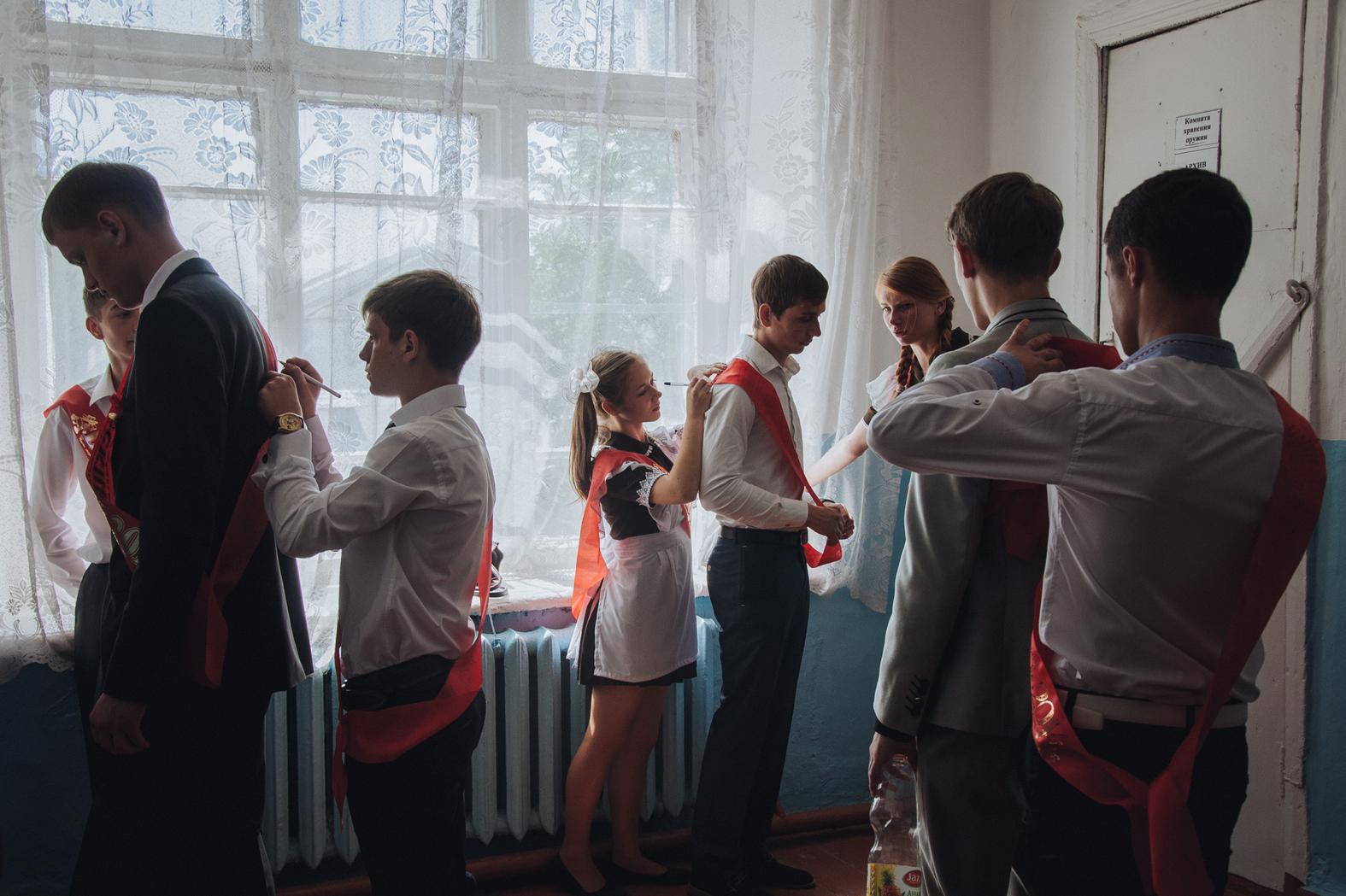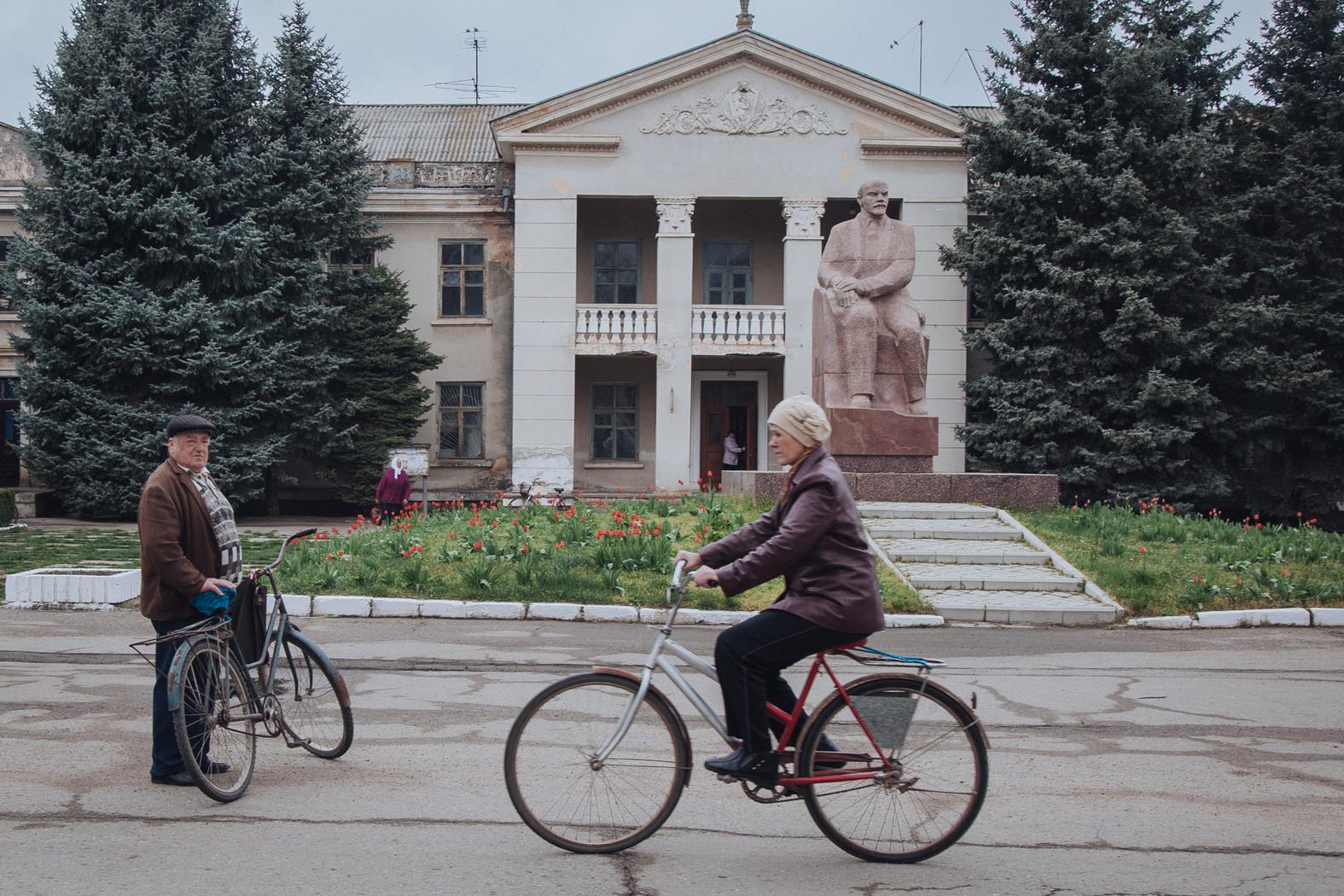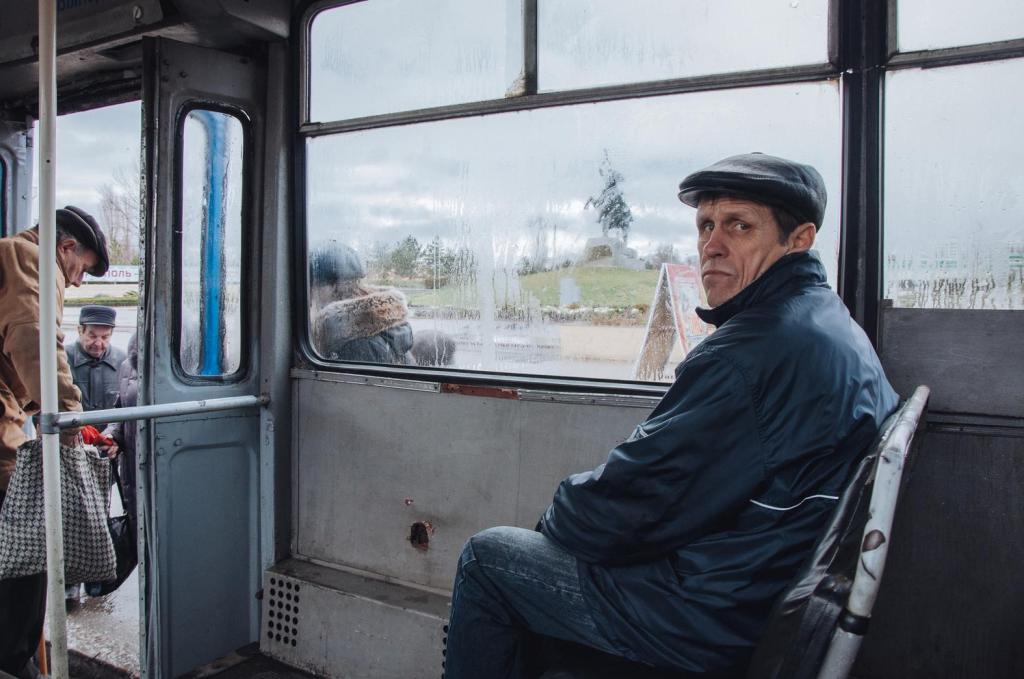This article originally appeared on VICE Romania
The self-declared Republic of Transnistria, which sits between Moldova and Ukraine, has fought for recognition for the past 27 years. In 1990, the small state – which is approximately 124 miles long – declared independence from Moldova, after that country broke away from the collapsing Soviet Union. Transnistria, which had a large Russian population, hoped to form a country that could remain a part of the USSR. After a two-year war, the Moldovan government granted the country limited recognition as an “autonomous territorial unit”, with some control over its economy.
Videos by VICE
Today, although it has its own government, currency and military, Transnistria survives off loans from Russia and isn’t formally recognised by the United Nations. The state seems stuck in a bygone Soviet era; a statue of Lenin overlooks the main parliament building, Transnistrian currency has images of Soviet generals printed on it and there’s a framed portrait of Stalin hanging in basically every home and official government building.
Transnistrian photographer Anton Polyakov wants the world to get to know his homeland a little better. His photo series “Transnistria Conglomerate” recently won the British Journal of Photography’s Bob Books Photobook Award for the way it “gives a voice to the citizens of Transnistria and brings them into our consciousness”. I spoke with Anton to find out what it’s like to live in a country that doesn’t exist, and about how he hopes his work will change the way people look at a state that is often referred to as “the black hole of Europe”.
VICE: How do Transnistrians cope with the idea of living in a country that technically doesn’t exist?
Anton: Establishing a national identity is very difficult. Historically, various ethnic groups – Russians, Moldavians, Ukrainians, Bulgarians – have called Transnistria home. Nearly every young person there is faced with a tough choice. If you stay, what is there to do in a country that lacks its own established traditions, industry, arts and culture, and has very little hope of developing those in the future? And if you leave, where do you go? Most people choose between Russia and Moldova.

For outsiders, the country looks somewhat like an open-air Soviet museum.
In terms of Soviet symbols and architecture, I don’t think there’s more here than in any other former Soviet republic. I appreciate the aesthetics of Soviet architecture – it should be preserved rather than replaced. It’s part of our cultural history and it’s shameful to see people trying to get rid of it.
I was born after Transnistria declared independence, so I don’t really know what life was like under Soviet rule. But I don’t feel it should be surprising that there’s a Soviet mentality. For many people, that might well have been the happiest period in Transnistrian history.
From your photos, there seems to be a love of the military and bodybuilding among young Transnistrian people. Why do you think that is?
Transnistria has yet to develop its own culture and traditions. The focus on our military and on physical education is an attempt to instil certain patriotic values in children – to imbue them with a love for their country.

In your Mahala project, you explore rural life in Transnistria by visiting the secluded village Hristovaia. Why were you so interested in this community?
Fewer and fewer people today still live in secluded, rural areas, so I wanted to see how Hristovaians live on a day-to-day basis, and how their closeness to nature influences their lives and their worldview. I wanted to learn what challenges they face – people personally, and as a community.
How do young people spend their free time in villages like that?
As you can imagine, there is very little to do in a small village in a tiny country. Still, most people have access to technology, so they’re up to speed with what’s happening elsewhere. Obviously, Transnistrian teenagers are like most teenagers around the world – they like pop music, video games and gossip.

What keeps you in Transnistria?
I feel like this is home. No matter where I go, I feel drawn to this place. And I think it’s important for me to do whatever I can to help our republic.
Scroll down for more photos from Anton Polyakov’s “Transnistria Conglomerate”.
